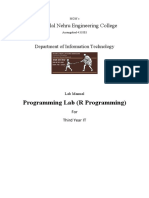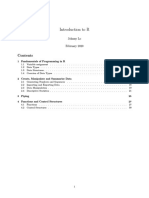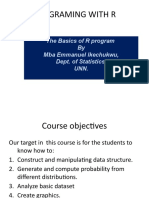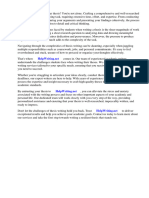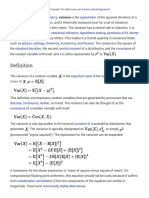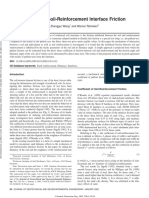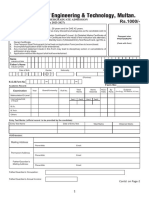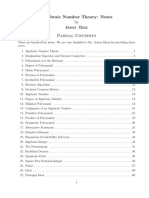0% found this document useful (0 votes)
20 views20 pagesR Porgramming Notes
The document contains a series of R programming tasks and their corresponding outputs, including generating prime numbers, calculating GCD, creating Fibonacci sequences, and working with data frames and lists. It also covers various statistical concepts such as mean, variance, and standard deviation, as well as operations on arrays and matrices. Additionally, it includes examples of visualizations like bar charts and pie charts, alongside user input prompts for various functionalities.
Uploaded by
Subhajit DasCopyright
© © All Rights Reserved
We take content rights seriously. If you suspect this is your content, claim it here.
Available Formats
Download as DOCX, PDF, TXT or read online on Scribd
0% found this document useful (0 votes)
20 views20 pagesR Porgramming Notes
The document contains a series of R programming tasks and their corresponding outputs, including generating prime numbers, calculating GCD, creating Fibonacci sequences, and working with data frames and lists. It also covers various statistical concepts such as mean, variance, and standard deviation, as well as operations on arrays and matrices. Additionally, it includes examples of visualizations like bar charts and pie charts, alongside user input prompts for various functionalities.
Uploaded by
Subhajit DasCopyright
© © All Rights Reserved
We take content rights seriously. If you suspect this is your content, claim it here.
Available Formats
Download as DOCX, PDF, TXT or read online on Scribd
/ 20



















